Description
The Big and Beautiful All-American Houseplant
Nephrolepis exaltata, more commonly known as the Boston Fern an easy to care for houseplant. With sword-shaped leaves and blue-green foliage, the Sword Fern is a choice for many house plant enthusiasts. It grows slowly, and it’s best suited for year-round growth indoors.
Native to North America, the Boston Fern is a standard houseplant choice as it is easy to grow and does not demand a lot of attention. This plant best thrives in humid conditions with partial shade gardens. California and Florida are two of the best locations for the Boston Fern.
Caring for y0ur Boston Fern
If you live in a warm place that is humid, then the Boston Fern is the best choice for you. This plant does not require you to go the extra mile when caring for it. However, it is important for you to provide a stable growing condition so that the plant grows to its full potential.
Light
The Boston Fern needs indirect but bright light to grow. You need to be very specific with the lighting. Too little or too much light can damage your plant. Having said that, the Boston Fern is considered to be the best option for porch plants as they can get the optimal amount of light there. In the mornings, the plant can get the filtered sunlight it needs, and in the afternoon, you can get the shade it needs.
Soil
It is important for the best growth of your Fern to receive organically rich soil. The soil should be loamy and have good drainage. If you are growing it outdoors, take our advice and add peat and compost to the soil. On the other hand, if you are growing it indoors, you can use a peat-based mix that comes with perlite so you can increase its drainage capacity.
If the soil does not drain well, it causes the roots to rot and severely damage the plant.
Water
The soil should be lightly moist for optimal growth. However, make sure that you do not confuse between moist and soggy. Water your Fern weekly if it is indoors, and if you have kept the plant outdoors, then you must water it more frequently.
The Fern should not dry out completely as that can cause its foliage to drop out. In the winter months, you can take longer gaps in watering, but be careful so that you don’t completely dry the plant out.
Fertilizer
Even though it does not have high soil requirements, your Boston Fern needs good soil conditions. If the Fern is outdoors, you can add about 1 inch of compost to make sure that it grows best.
Other than that, if the Fern is indoors, you can add liquid fertilizer once every month. But this is only for the spring and summer months. According to our experience, you don’t have to add any fertilizer in the winter and fall.
Common Issues
The issues you face when you grow a fern depend on where you typically keep the Fern. There are certain pests and other diseases that can affect the growth and life of your plant, so it is important for you to vary these issues.
Pests
There are different pests that can affect the Boston Fern, such as snails, slugs, and other chewing insects. Other insects include whiteflies, mealybugs, and caterpillars. If you find sticky mold on the inner side of the leaf, then it is very likely for your plants to have a whiteflies infestation. These insects suck all the juices from the plant. Infestation of mealy bugs also looks like this.
Different pests require different treatments. For instance, to treat mealybugs, you can use isopropyl alcohols diluted solution.
Disease
Diseases for the Boston Fern include root rot. This will cause your Fern to have brown roots and grey fronds. If this happens, the best way to treat it is to report the plant.
Pruning
Take our advice and go for a drastic pruning for your Nephrolepis Exaltata. This will help improve the growth of Boston Fern and give it bushiness. Repot your Boston Fern when you want to prune it, as that will stimulate better growth. It is best to trim the edges rather than cropping the complete plant.
Propagation
You can propagate the Fern with division. Plant the divisions into the mix and cover the roots completely with the soil.
Potting / Repotting
Spring is the best time to repot your plants. Make sure that you use containers that do not dry out quickly. Replant the plant at about the same depth and cover all the roots.

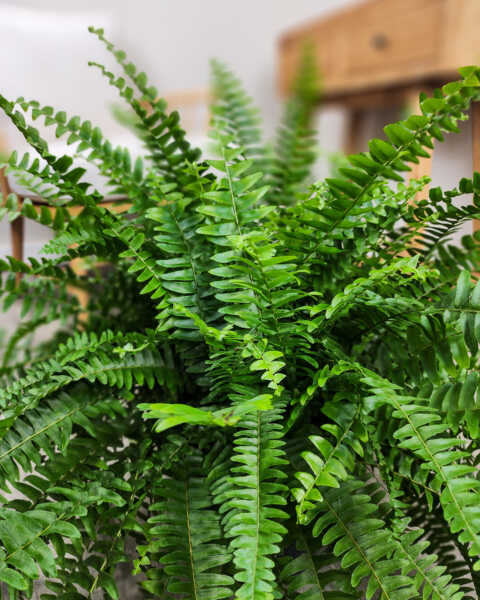
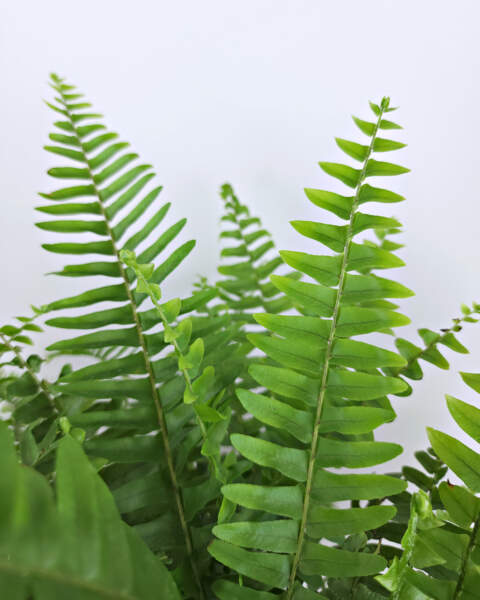












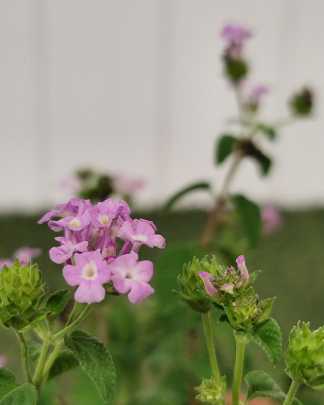

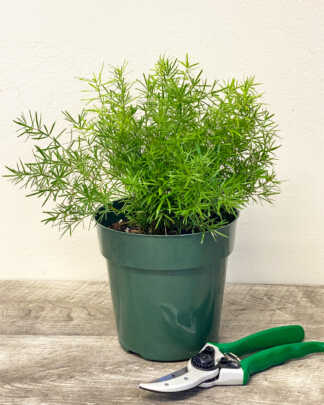
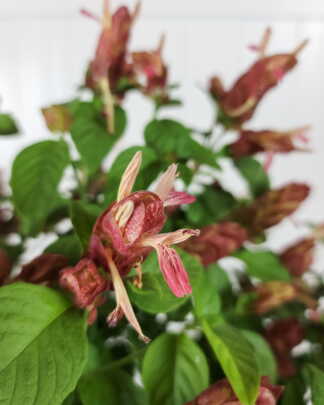








LINDA R BARTON (verified owner) –
Both plants came in excellent shape. Best packing of plants I’ve seen! THANKS!
Michael P. (verified owner) –
Bill (verified owner) –
Nice fern. No problems.
Virginia Applegate (verified owner) –
Lovely healthy plant
Rogerio Cubas (verified owner) –
Great experience for sure I’ll order more, thank you guys
Elide L. (verified owner) –
Nice and full packaged beautiful great Price
Jacqueline St John (verified owner) –
Very nice!!!
Anonymous (verified owner) –
A lot of the foliage had to be cut back because it was either dead or dying. But it seems to be recovering nicely.
Anonymous (verified owner) –
Was a great size and in good health
Adele (verified owner) –
John I. (verified owner) –
Plant is healthy and seems great..I’m glad I got them…
Summer Day (verified owner) –
I was amazed at how healthy and well-packed the Boston fern were. They also arrived very timely. I’m just a bit disappointed in how these are called LARGE ferns. I’e gotten much larger ones from Walmart, when they were in stock. I would say these are average size….about 16″ across when fluffed out.
Jennifer (verified owner) –
My ferns were in perfect condition. I appreciated the opening instructions and care instructions that were emailed days before arrival
Tammy Z. (verified owner) –
First time customer and was thoroughly pleased with the Boston Ferns that I purchased. Healthy, great size and arrived in less than a week. Just placed another order for Boxwoods. Hoping for the same outcome!
Sara A. (verified owner) –
My Fern traveled across the country,and was in great condition when I got it.
Charles (verified owner) –
Plants are in good shape but definitely not what I would consider “large.”
Anonymous (verified owner) –
So full and beautiful. I am very pleased.
Doris Cooper (verified owner) –
Very beautiful Boston Ferns. I ordered 3 large hanging Ferns and I can’t be happier!
Arrived in great condition and are very full and green. I will order more plants from
Plantvine.
Peggy (verified owner) –
These were house warming gifts, and due to the weather were delayed until it was safe to send. The recipient was thrilled with them when they arrived. Described as “very lush, full, and not a brown or whirled frond to be found!”
We will be using PlantVine again for gifts and for our own indoor plant needs.
Andrea Estrada (verified owner) –
My fern is lush and beautiful! Just as pictured, very pleased with it.
Heather S. (verified owner) –
For the price, I was expecting it to be in a little better condition. It was packaged very well and did not look damaged from shipping, but it looked a little sparse and beat up nonetheless.
Mark (verified owner) –
Beautiful plant. Arrived looking great!
Dawn (verified owner) –
My ferns arrived in a timely matter and are beautiful! Highly recommend.
william r. (verified owner) –
Sandra Canas (verified owner) –
Smaller than in the picture but still beautiful
Anonymous (verified owner) –
Very beautiful healthy Boston Fern
I will order again.
Thank You so much for always delivering the unexpected!!! I love you PLANTVINE!
eve (verified owner) –
I am so happy with my beautiful, healthy Boston Fern. Thank you!
Reagan (verified owner) –
I cannot believe how big, beautiful and lush this fern is. Packaged impeccably, came with care instructions, and I’ve not seen a single gnat or pest emerge from it soil in the week I’ve had it. I also love that this company sends you a photo of the actual plant before they send. It looks even better than I thought it would!
Anonymous (verified owner) –
Love my Boston fern! Arrived full and healthy looking.
Anonymous (verified owner) –